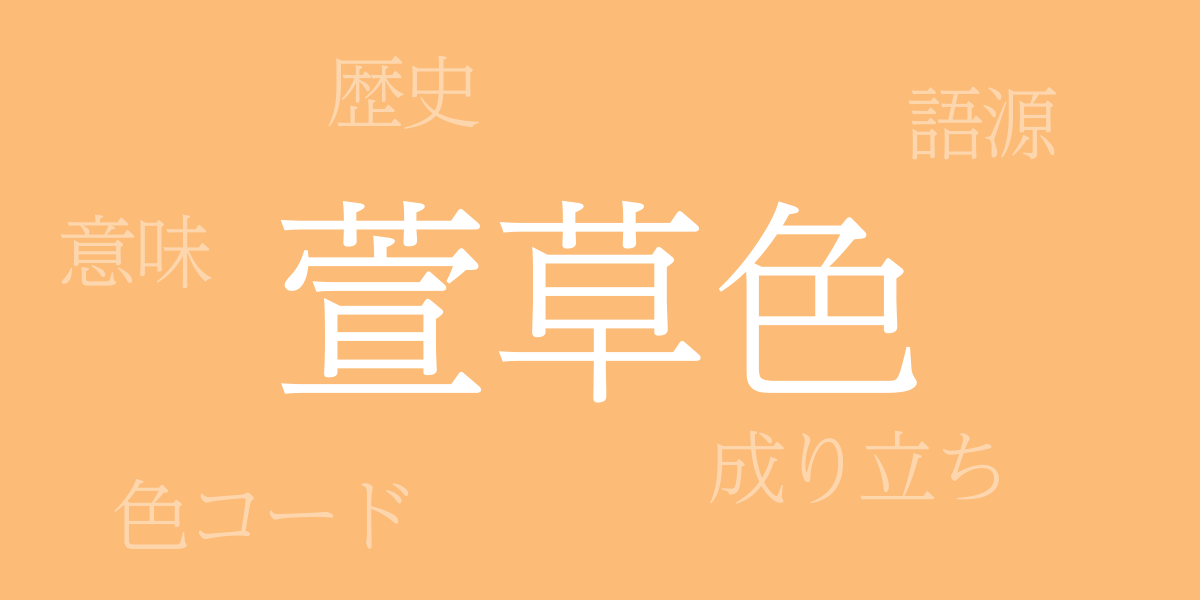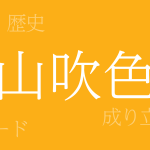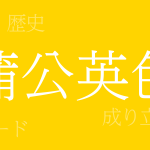Japan’s four seasons are known for their fleeting beauty and distinctive character: spring’s cherry blossoms, summer’s cicadas, autumn’s colored leaves, and winter’s snowscapes. These natural landscapes deeply influence Japanese culture, art, and color. Among these, “Daylily Color (かんぞういろ – Kanzou-iro)” stands out as a traditional color with unique appeal, continuously loved in the world of fashion and design. This article explores the charm of Daylily Color, delving into its rich history and contemporary applications.
About Daylily Color (かんぞういろ – Kanzou-iro)
Daylily Color (かんぞういろ – Kanzou-iro) is a gentle, warm, yellowish-orange color. Its name derives from the autumn-blooming Daylily (かんぞう – Kanzou) flower, whose petals match this traditional color. Daylily Color embodies calmness and warmth, appealing deeply to the Japanese sensibility.
The History of Daylily Color
Daylily Color has been used in Japanese attire since the Heian period, particularly favored within noble culture. During the Edo period, it spread to samurai and commoners alike and can be seen in many ukiyo-e artworks. Throughout the ages, Daylily Color has been preserved as a traditional Japanese color.
Daylily Color Codes
For reproducing Daylily Color in digital and web design, the following color codes are useful:
- HEX: #FCBB76
- RGB: R:252 G:187 B:118
- CMYK: C:0.0 M:25.8 Y:53.2 K:1.2
The Western Name for Daylily Color
In English, Daylily Color may be referred to as “Daylily color” or “Japanese safflower orange.” These names highlight how the color is also uniquely recognized in the West.
Conclusion on Daylily Color
Daylily Color is one of the traditional colors woven from Japan’s nature and history. Its appeal extends across a wide range of fields including traditional Japanese clothing, contemporary fashion, and interior design. Its warm hue soothes the heart and brings tranquility, ensuring it will continue to be cherished by many. Consider incorporating Daylily Color into your life to enjoy the beauty of Japanese tradition.

























